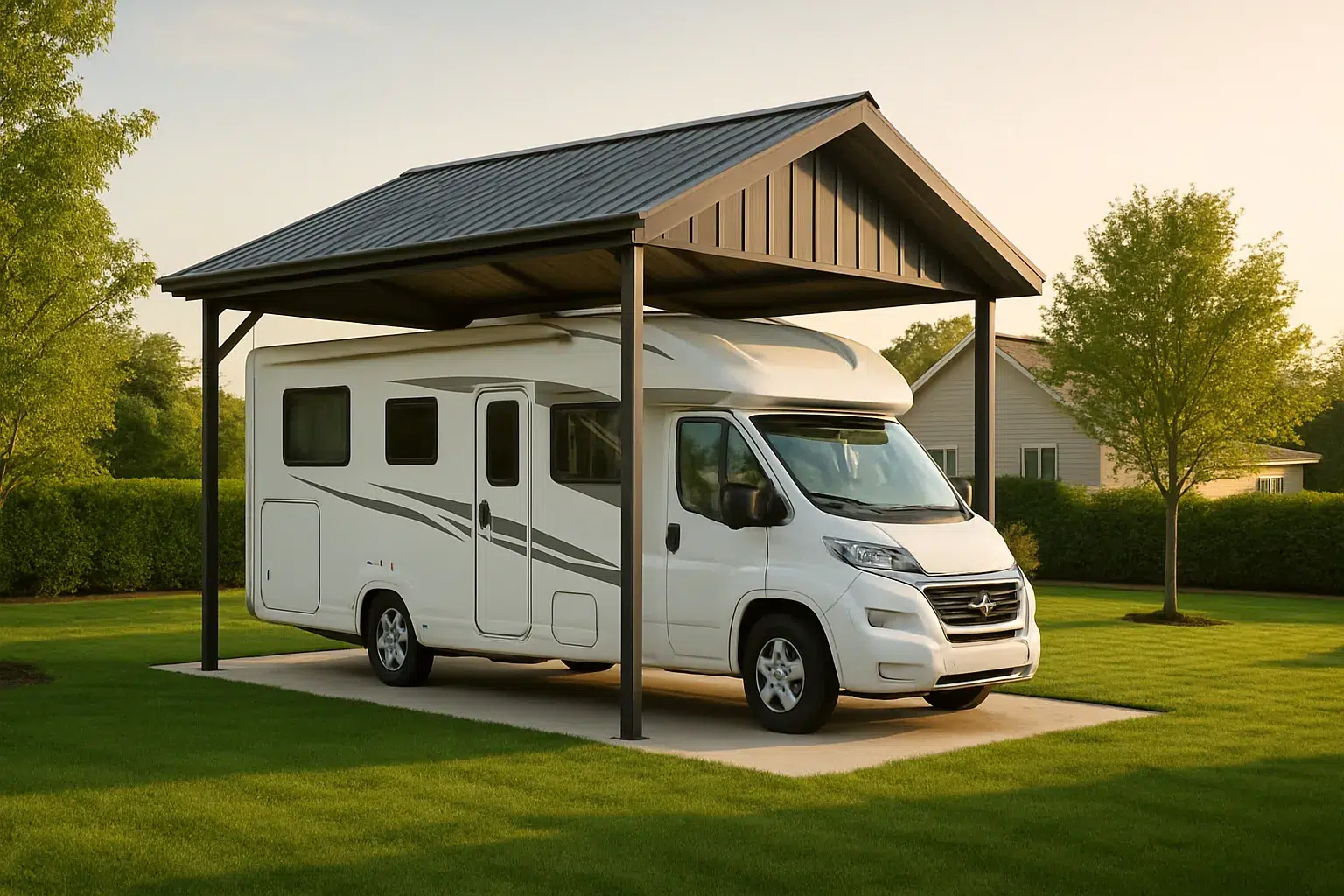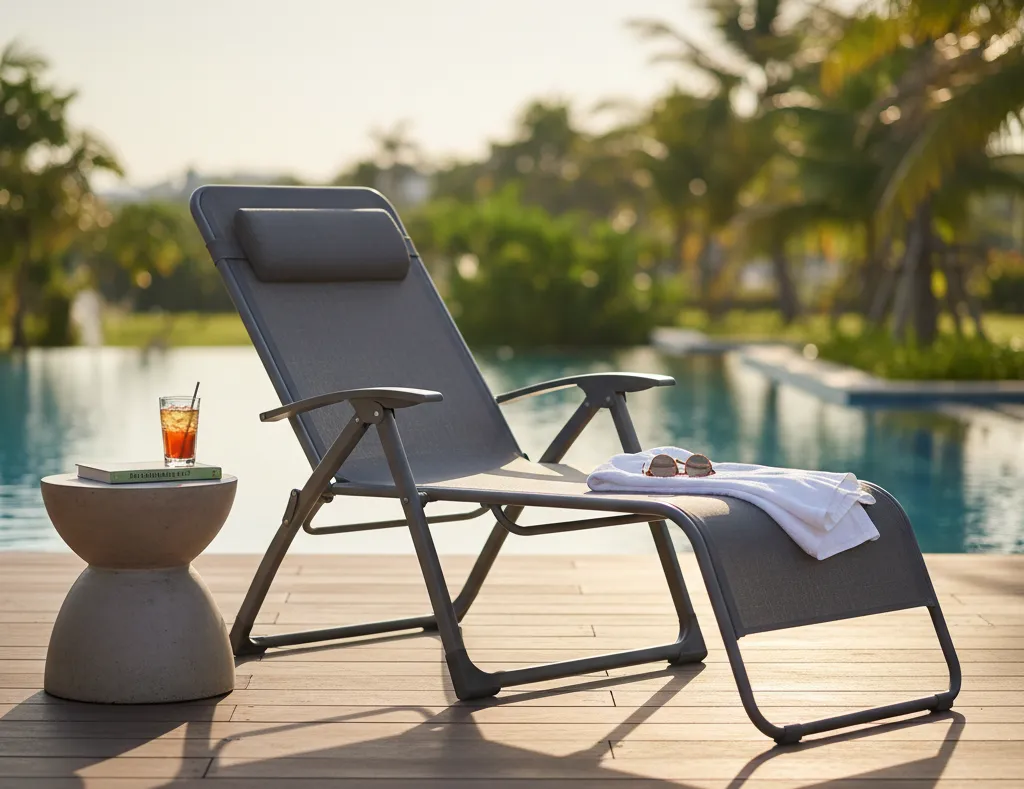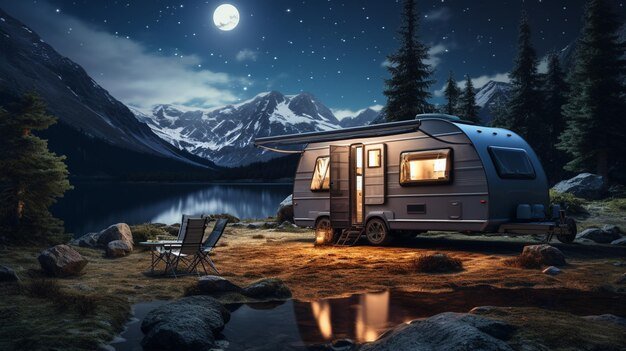For any RV owner, the relationship with their vehicle is more than just ownership; it’s a passport to adventure and a vessel for countless memories. Yet, a sobering reality sets in when the journey ends and the rig is parked for the season. The sun’s relentless UV rays, acid rain, hailstorms, and the constant accumulation of dirt and debris wage a silent war against your investment. The paint fades, seals dry out, and the interior can suffer from heat damage. While covers offer a temporary solution, they are often cumbersome and can scratch the surface in high winds. The ultimate solution for the discerning RVer is an RV camper shed—a dedicated structure designed to offer unparalleled protection and peace of mind.
What Exactly is an RV Camper Shed?
An RV camper shed is far more than a simple carport or a glorified garage. It is a purpose-built shelter specifically designed to accommodate the substantial size and unique needs of a recreational vehicle. Unlike traditional storage, which often involves costly monthly fees and crowded, impersonal lots, an RV shed is a permanent fixture on your own property. These structures come in various forms, from fully enclosed, barn-style buildings with large roll-up doors to open-sided, roof-only covers, often referred to as RV carports. The core principle remains the same: to create a shielded environment that defends your RV from the elements, thereby preserving its value, functionality, and appearance for years to come.
Investing in one is a proactive step in preventative maintenance. Think of it as a stable for your modern-day steed; a dedicated space that not only stores but also safeguards.
The Compelling Benefits of Investing in an RV Shelter
The decision to build or install an RV camper shed is driven by a powerful combination of financial prudence and practical advantages. The benefits extend far beyond simply having a designated parking spot.
Superior Weather Protection
This is the primary and most significant advantage. A sturdy shed acts as a first line of defense against nature’s assaults. It shields your RV’s exterior from UV radiation, which is a leading cause of faded graphics, cracked seals, and degraded fiberglass and rubber components. It provides a barrier against hail, which can cause tens of thousands of dollars in body damage in a matter of minutes. Furthermore, it prevents the buildup of leaves, pine needles, and bird droppings, all of which can stain surfaces and clog vents and gutters. By keeping the RV dry and shaded, you also inhibit the growth of mold and mildew, protecting both the interior upholstery and the health of your family.
Long-Term Value Preservation
An RV is a significant financial investment. Depreciation is inevitable, but accelerated wear and tear from constant exposure drastically reduces its resale value. A well-maintained RV that has been stored under a shed will have a pristine exterior, a intact interior, and all its mechanical systems in better working order. When it comes time to sell or trade-in, this superior condition will translate directly into a higher market value, often making the cost of the shed a wise investment that pays for itself over time.
A Secure and Convenient Home Base
An on-property RV camper shed offers unparalleled convenience. Pre-trip preparations become infinitely easier. Instead of driving to a remote storage facility, you have immediate access to your RV for loading groceries, cleaning, performing minor maintenance, or stocking up for the next adventure. This accessibility encourages spontaneous weekend trips and makes the RV a more integrated part of your lifestyle. Additionally, an enclosed shed provides a layer of security, deterring theft and vandalism.
Key Considerations Before You Build Your RV Camper Shed
Embarking on the journey to get your own shed requires careful planning. Rushing in without proper consideration can lead to costly mistakes. Here are the critical factors to evaluate.
Sizing and Dimensions
This is the most crucial first step. You must account for not just the length, width, and height of your current RV, but also plan for the future. Measure every dimension, including the highest point (often the air conditioner unit or satellite dish) and the widest point (usually the mirrors). Then, add generous clearance—at least 2-3 feet in width and length, and a minimum of 1-2 feet in height. This extra space is vital for easy maneuvering, opening compartments, and potentially accommodating a larger RV down the road.
Zoning Laws, Permits, and HOA Regulations
Before you purchase a single post, you must navigate the world of local bureaucracy. Contact your city or county’s building department to understand zoning laws and permit requirements. Regulations regarding the size, height, and placement of accessory structures can vary dramatically. If you live in a community with a Homeowners Association (HOA), you must also review their covenants, conditions, and restrictions (CC&Rs). Some HOAs have strict rules about the appearance of outbuildings or may prohibit them altogether. Securing the proper approvals upfront will save you from potential fines or being forced to dismantle a completed structure.
Choosing the Right Design and Materials
The style of your RV camper shed should align with your needs, budget, and the aesthetics of your property.
- Open-Sided (Carport Style): This is the most economical and popular option. It provides excellent protection from sun and precipitation while allowing for maximum ventilation. It’s ideal for those in milder climates.
- Fully Enclosed: This offers the highest level of security and protection from all weather, including wind-blown snow and dust. It allows you to lock your RV away securely. The downside is the need for large, often custom, doors and potentially higher costs.
- 3-Sided: A hybrid option that offers more protection than an open design and better ventilation than a fully enclosed one.
For materials, steel frames with metal roofing are durable, cost-effective, and low-maintenance. Wooden structures offer a more traditional, rustic look that can blend beautifully with a home’s architecture but require more upkeep to prevent rot and insect damage.
Is an RV Camper Shed Right for You?
The investment in an RV camper shed is a clear statement about how you value your recreational vehicle. It is not merely a storage solution; it is a long-term preservation strategy. If you view your RV as a key to your lifestyle and a substantial asset worth protecting, then the initial cost and effort of installing a shed are justified. The peace of mind that comes from knowing your home on wheels is safe from a sudden hailstorm, the convenience of having it ready for adventure at a moment’s notice, and the financial wisdom of maintaining its value make an RV camper shed one of the smartest investments a serious RVer can make. It’s the final, and perhaps most important, destination you’ll build for all your journeys.



